Higher Performance Insights | WHEN SMART LEADERS SOUND STUPID
The 7-Part Framework to Turn Your Bumbling Into Brilliance
Here's what happened last Tuesday at a board meeting that was hard to watch.
A brilliant superintendent with a post-graduate degree and twenty years of experience spent 45 minutes presenting their "comprehensive student achievement initiative leveraging pedagogical frameworks aligned with district strategic priorities."
The board nodded politely.
A parent in the back raised her hand: "Can you explain this so my 13-year-old would understand?"
The superintendent couldn't.
That challenging moment was a graduate course in communication: The most brilliant leaders use language a 13-year-old understands. Smart words are simple, scalable, and sustainable. Fancy words don't edify—they confuse. And to be unclear is to be unkind.
Full disclosure: I LOVE words. Early in my career as a young executive, I felt I needed to use a fancy lexicon to prove my competence to my colleagues and community. I was that guy dropping "paradigmatic frameworks" and "synergistic methodologies" in every meeting.
Then a colleague lovingly pulled me aside after a presentation and said, "Joe, I think you meant the etymology of this word, not the entomology... That's the study of bugs."
No lie, that happened. And I've been on a professional learning track ever since to reform my language to be less fluff and more function.
The Brutal Truth: Your Intelligence Might Make You Sound Unintelligent
You're brilliant. Your degrees prove it. Your experience confirms it. Your results validate it.
But here's what's happening:
- You sound smart, but communicate unintelligibly
- Your scholarly vocabulary creates barriers, not bridges
- Your complex explanations confuse the very people you're trying to help
The research is clear:
- When people encounter complicated messages, they ignore them, seek simplified versions, or research meanings
- Your brain burns 20% of your body's energy despite being only 2% of your body weight
- Complex messages literally exhaust people—and exhausted brains don't make decisions
The crushing reality: Every fancy word you use to sound smart makes you less effective as a leader.
Where Brilliance Meets Clarity
The most brilliant leaders pass this test: Can a 13-year-old understand what you just said?
If not, you're not communicating intelligently—you're just showing off your vocabulary.
Why this matters:
- It represents your community's actual literacy level
- It cuts through jargon instantly
- It forces you to focus on what actually matters
- It reveals whether you truly understand your own ideas
"If you can't explain it simply, you don't understand it well enough." Einstein
Most leaders fail this test spectacularly.
Smart Words Are Simple: The Science Behind Clarity
Meta-analyses of narrative transportation research prove that when people become deeply engaged with simple, clear messaging, they experience significant changes in:
- Attitudes
- Beliefs
- Behaviors
The neuroscience of understanding:
- Simple language reduces cognitive load
- Reduced cognitive load increases comprehension
- Increased comprehension drives action
- Action creates results
Your fancy words are literally working against your mission.
The Team Intelligence Gap: When Smart People Communicate Stupidly
Every confused message costs you:
- Students who don't apply because they don't understand the value
- Donors who don't give because they can't grasp the impact
- Faculty who don't engage because they're lost in the jargon
The deeper problem: Your brilliant individual leaders are producing average team results because they've confused sounding smart with being effective.
The brutal reality:
- 15 seconds—that's how long people scan content before bouncing
- If your message needs a translation, you've already lost
- When leadership teams can't communicate simply, initiatives die in complexity
To be unclear is to be unkind to the very people you're trying to serve.
The 7-Part Framework To Force Clarity
- What students want (in everyday language)
- The problem they face (no jargon, just truth)
- Why you understand (personal, not professional language)
- Your track record (results, not rhetoric)
- Three simple steps (if it's confusing, fix it)
- What to do next (one clear action)
- What's at stake (consequences they can picture)
Test every sentence: Would your community understand this?
From Scholarly Confusion to Simple Brilliance: Real Examples
K-12 Transformation: Standards-Based Grading
❌ The "Smart" Approach (Actually Stupid): "Comprehensive Standards-Based Assessment Implementation Initiative"
"As part of our commitment to educational excellence and aligned with district strategic priorities, we are implementing a comprehensive standards-based grading framework. This pedagogical shift represents a fundamental reimagining of our assessment paradigm, moving from traditional percentage-based evaluation metrics to proficiency-based learning progressions..."
✅ The Brilliant Approach (Human-Friendly): "Finally Know If Your Child Is Actually Learning"
What parents want: You want to know if your child is ready for next year—not just their grade average.
The problem: Your child brings home a "B" but you have no idea if they understand math or just turned in homework on time. When they struggle with algebra next year, you're blindsided.
What we do:
- We teach each skill until your child masters it
- We report exactly which skills they've mastered and which they're still learning
- We give extra help on skills they haven't mastered yet
The result: Schools using this approach see 23% better student performance and 40% fewer students needing help later.
Higher Ed Transformation: AI-Powered Mental Health Support
❌ The "Smart" Approach (Actually Stupid): "Innovative Digital Wellness Ecosystem Leveraging Artificial Intelligence"
"In response to evolving student needs and technological advancement opportunities, we are launching a comprehensive digital wellness ecosystem that leverages artificial intelligence and machine learning algorithms to provide personalized mental health support interventions..."
✅ The Brilliant Approach (Human-Friendly): "Get Mental Health Help Before You're in Crisis"
What students want: You want to feel better without waiting three weeks for a counseling appointment.
The problem: You're struggling with anxiety or depression, but you're not "sick enough" for crisis help. You suffer alone until things get really bad.
What we do:
- Text our AI counselor anytime, day or night (completely private)
- Get immediate help tailored to your specific situation
- Connect with human counselors when you're ready
The result: Universities using this system see a 60% decrease in students in crisis and a 45% increase in students completing their degrees.
The Pattern Every Brilliant Leader Must See
Notice the transformation:
- Confusing messages focus on the institution and use big words to sound impressive
- Clear messages focus on the person's problem using words they actually use
The brilliant leaders understand:
- Smart words are simple words
- Simple words are scalable across all audiences
- Scalable words create a sustainable impact
- Sustainable impact is the only measure of true intelligence
If you can't explain it simply, you don't understand it well enough to lead it.
The ROI of Speaking Clearly
The numbers prove clarity wins:
- Organizations with simple, clear messaging see email marketing returns of $36-$40 for every dollar spent
- Systems that test their messaging for clarity generate ROI improvements of up to 760%
- Teams that communicate simply create breakthrough performance that scales
Your fancy vocabulary isn't impressing anyone—it's costing you everything.
Transform Your Team's Communication Intelligence
The Clarity Test
Step 1: Take your most important initiative
Step 2: Explain it in simple, human language
Step 3: If you can't, you don't understand it well enough to lead it
The gap between complex and simple is the gap between failure and success.
Three Questions Every Brilliant Leader Must Answer
- Would any parent understand what problem this solves?
- Can anyone follow the steps to solve it?
- Would people actually care about the outcome?
Team Intelligence Discussion Protocol
For your next leadership team meeting:
The Clarity Audit:
- Have each team member explain your most important campus initiative in simple, everyday language
- Compare responses—how different are they?
- Which explanations would actually help someone?
The Jargon Purge:
- List every fancy word you use to describe your work
- Replace each with a word a 13-year-old knows
- Test the new version with actual people
The Kindness Check:
- Review your current website, emails, and presentations
- Ask: "Are we being kind to the people we're trying to help?"
- Remember: To be unclear is to be unkind
The Choice Every Brilliant Leader Must Make
You can sound smart or be effective.
You can impress colleagues or help students.
You can use fancy words or create real change.
You cannot do both.
"I would not give a fig for the simplicity that exists on this side of complexity; but I would give my life for the simplicity that exists on the far side of complexity." —Oliver Wendell Holmes
The most brilliant leaders consistently choose clarity over complexity.
They've done the hard work of mastering complexity so they can deliver simplicity. They've wrestled with the big ideas so they can explain them in small words. They've earned the right to speak like a human being instead of a textbook.
Because smart words are simple words. Simple words scale. Scalable words create sustainable impact. And sustainable impact is what brilliant leadership actually looks like.
Ready to Lead with True Intelligence?
Stop hiding your brilliance behind big words. Start communicating with the clarity that creates change.
We help campus leaders:
- Transform complex ideas into simple, powerful messages
- Build Team Intelligence that scales across all audiences
- Create sustainable communication systems that drive results
The TEAM {BEST FIT} approach ensures every team member:
- Communicates with simple clarity
- Operates in their zone of genius
- Contributes to collective intelligence that serves students
Visit higherperformancegroup.com
Because the most brilliant leaders sound like human beings, not textbooks.
References:
Baddeley, A., & Hitch, G. (1974). Working memory. Psychology of Learning and Motivation, 8, 47-89.
Braddock, K., & Dillard, J. P. (2016). Meta-analytic evidence for the persuasive effect of narratives on beliefs, attitudes, intentions, and behaviors. Communication Monographs, 83(4), 446-467.
Green, M. C., & Brock, T. C. (2000). The role of transportation in the persuasiveness of public narratives. Journal of Personality and Social Psychology, 79(5), 701-721.
Lavie, N. (2020). Energy demands limit our brains' information processing capacity. Journal of Neuroscience, 40(44), 8443-8454.
Sweller, J. (1988). Cognitive load during problem solving: Effects on learning. Cognitive Science, 12(2), 257-285.
van Laer, T., de Ruyter, K., Visconti, L. M., & Wetzels, M. (2014). The extended transportation-imagery model: A meta-analysis of the antecedents and consequences of consumers' narrative transportation. Journal of Consumer Research, 40(5), 797-817.
Dr. Joe helps campus leadership teams communicate with the clarity that creates change. Take your FREE Team Intelligence (TQ) assessment at higherperformancegroup.com to discover if your team passes the clarity test.
Help Spread the Word
If you found value in this post, we’d love your help spreading the word! Please consider sharing this on your favorite social media platform and tag Higher Performance Group and Dr. Joe Hill. Your support helps us reach and inspire more awesome people like you!
Like What You've Read?
Get practical, research-based ideas to Accelerate
Higher Team Performance delivered straight to your inbox every Tuesday.
More Blog Articles





